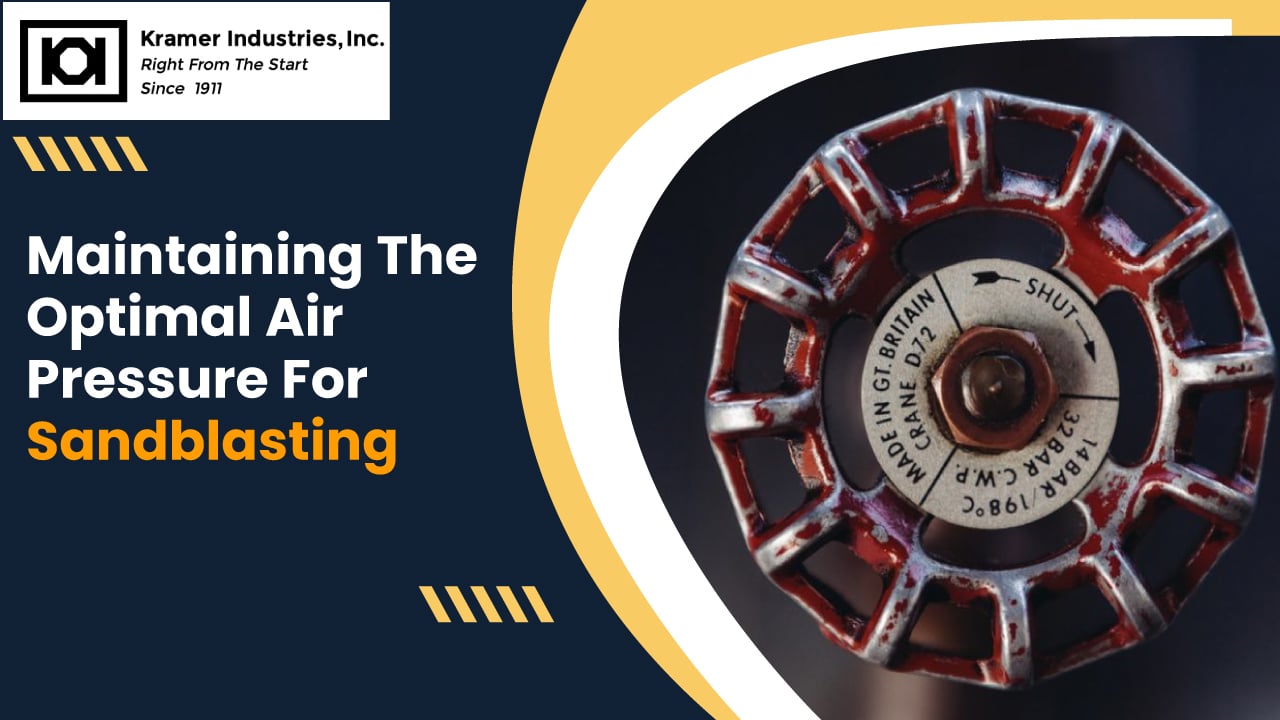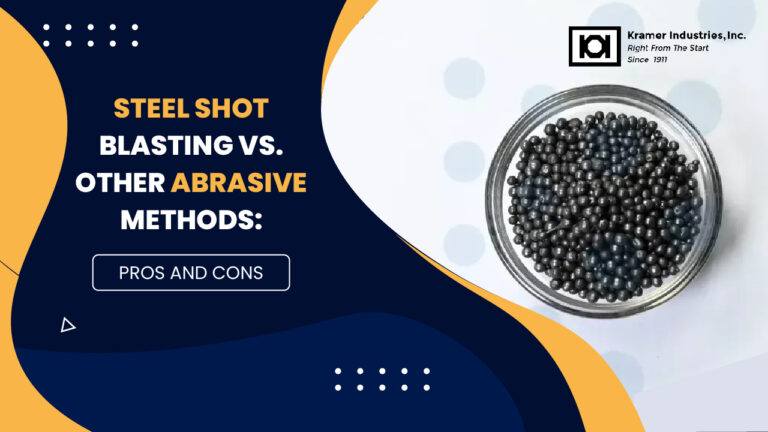When it comes to sandblasting, air pressure sets the rhythm and ultimately determines whether your parts emerge finished with precision and efficiency. Miscalculate and your sandblasting endeavor may sputter like an untuned instrument. Get it right, and your parts are finished to perfection, shaped by force and finesse alike.
What Sandblasting Air Pressure Is The Best?
Before one even embarks on a sandblasting project, the blast pot needs to be given some attention. It insists on a minimum of 50 PSI—this humble threshold must be met lest the pop-up valve stubbornly refuse to seal. However, this is just the start of the process. In practice, the effective sandblasting air pressure lies within the 60-80 PSI realm. This is where you get both precision and efficiency. This pressure, once established, must be sustained in a steadfast manner. A momentary lapse, and you may find yourself in an abyss of lost pressure, rendering the entire operation futile.
What Happens if Pressure is Not Maintained?
Neglect your air pressure and behold the swift unraveling of your process. Should your system prove inadequate in handling the ceaseless torrent of airflow, the pop-up valve will unseal, allowing every precious ounce of internal pressure to escape. What remains is a futile exercise of a sandblasting operation. The remedy is a surplus of 20-25 CFM to compensate for the big appetite of high-pressure systems.
Achieving Optimal Sandblasting Air Pressure
There exist pressure standards that shall guide one toward the coveted goal of peak sandblasting air pressure. Ignore them at your peril.
Purge the Blast Pot of Contaminants: Debris and grime conspire against proper metering and cause excess dust.
Nozzle of Purity and Dryness: An impure nozzle begets inefficiency, and dryness is the way forward for an unwavering airflow.
Approach the Metering Valve with Methodical Precision: Close it, then ever so cautiously introduce the abrasive to the air stream. Balance is the key, and equilibrium is the goal.
How Much Sandblasting Air Pressure is Needed?
The term ‘sandblasting’ has become an anachronism. Today, abrasive blasting reigns supreme, but its core remains the same—sandblasting air pressure. The required force hinges upon a triad of factors: the abrasive material, the nature of the task, and the machinery at hand.
A typical sandblasting pot finds solace in a 90 PSI, where effectiveness and efficiency converge. The compressor must be robust enough to sustain 50 PSI within the blast pot, ensuring continuous operation. Lighter sandblasting endeavors bask in the comfort of a 90 PSI compressor, while medium and heavy-duty operations demand a minimum of 100 PSI. Those engaged in industrial-scale battles may require compressors exceeding 120 PSI.
Matching Compressor to Nozzle
A harmonious sandblasting air pressure depends on compressor size and nozzle capacity. A large nozzle demands a big enough supply of compressed air. Blasting at elevated pressures necessitates an even greater volume of airflow, which is measured in the units of cubic feet per minute (CFM). If you fail to satisfy this supply of compressed air, efficiency crumbles quickly.
Safety and Adjustments
Maintaining the correct sandblasting air pressure is not merely a pursuit of efficiency—it is a safeguard against peril. Regular assessments and precise adjustments ensure not only peak performance but also the well-being of the operator. Training, discipline, and adherence to protocols guard against calamity.
Conclusion
Few acknowledge it, but sandblasting air pressure is the unsung hero of the entire operation. It shapes quality, dictates speed, and ensures safety. While general pressure guidelines exist, true mastery demands adaptability—adjustments tailored to abrasives, surface materials, and desired outcomes. Only then can one ascend to the pinnacle of blasting prowess.
Are you ready to harness the true power of sandblasting air pressure? At Kramer Industries, we don’t just sell blasting systems—we craft solutions. Our expertise and high-caliber equipment will give you ideal results. Contact us today.


